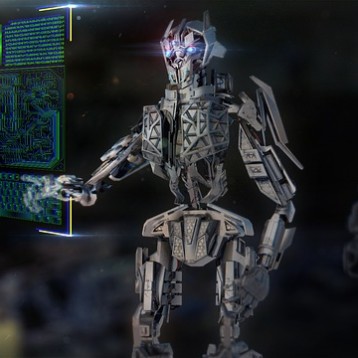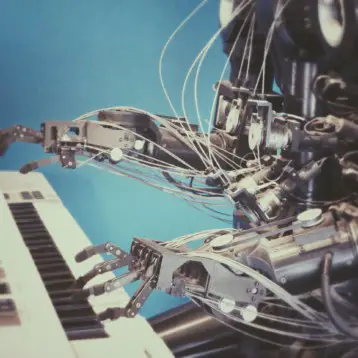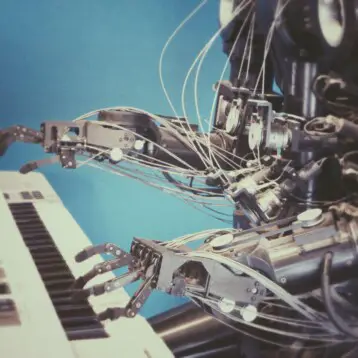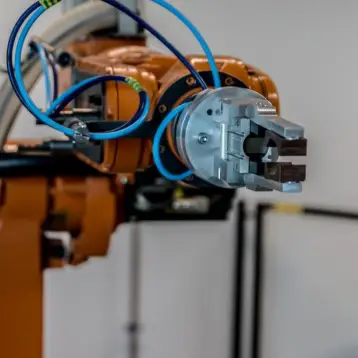The GhostSwimmer includes a spine with vertebrae and synthetic muscles that combine with fins and a tail to turn waves of motion through the body into propulsion just as the same components of the real tuna do the same task. The synthetic muscles remove the need for large motors and help eliminate the need for tethers, greatly increasing the usefulness of the system.
While there are many other Underwater Autonomous Vehicles or UAVs on the market or in development stages, most use propellers that drain power and can be loud. The “swimming” method used by the GhostSwimmer draws significantly less power than a propeller, enabling longer term usage.
The GhostSwimmer will feature a modular payload bay supporting a variety of equipment and sensors including cameras and sensors to detect increased radioactivity. Specific power, size, and connectivity requirements for payload equipment are not known at this time.
GhostSwimmer is an extension of Olin College Professor David Barrett’s Ph.D. project at MIT. Barrett built a preliminary version of the robot requiring a room full of electronics to control during his thesis research from 1994 through 1996. This second generation is run by a Boston Engineering FlexStack computer that’s roughly the size of a coffee cup.
Prototype GhostSwimmer robots are expected to be available for intelligence gathering duties by the end of the year.
TFOT has previously covered two similar robotic concepts developed by the German Company Festo, called Airacuda and AirJelly, which resembles a barracuda and a jellyfish. TFOT also reported on other biomimetic robots including robotic rats designed to help in rescue operations, an amphibious snake robot also designed to help in rescue operations, a jumping robot inspired by grasshoppers, and a robotic spy plane inspired by bats. In addition, TFOT has written about other products inspired by nature including an adhesive tape using a directional adhesive principle that enables geckos to climb quickly.
Read the Boston Engineering Corporation press release found here (Google cache) for more information. You can find information about and photographs of Barrett’s original RoboTuna built at MIT here.










